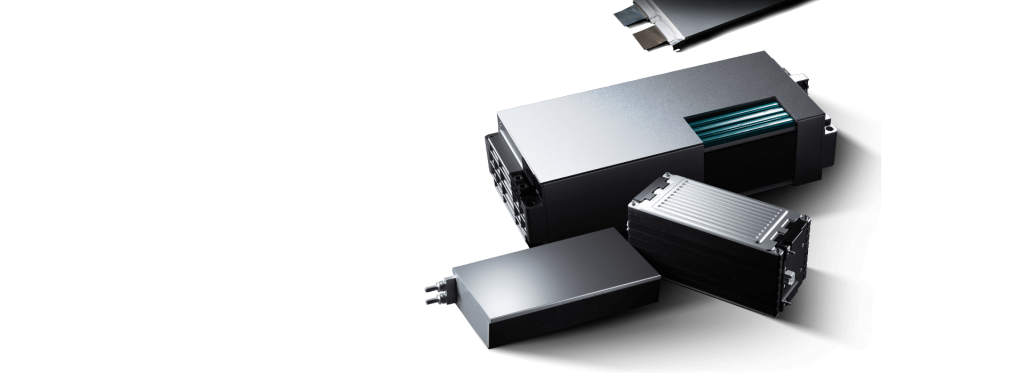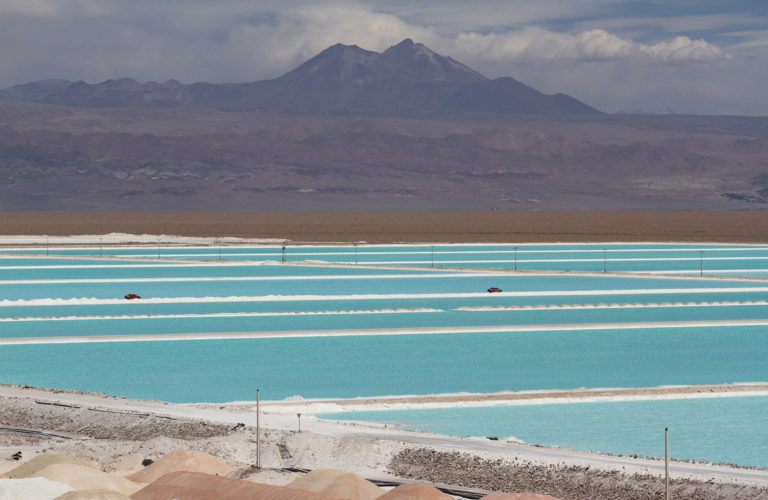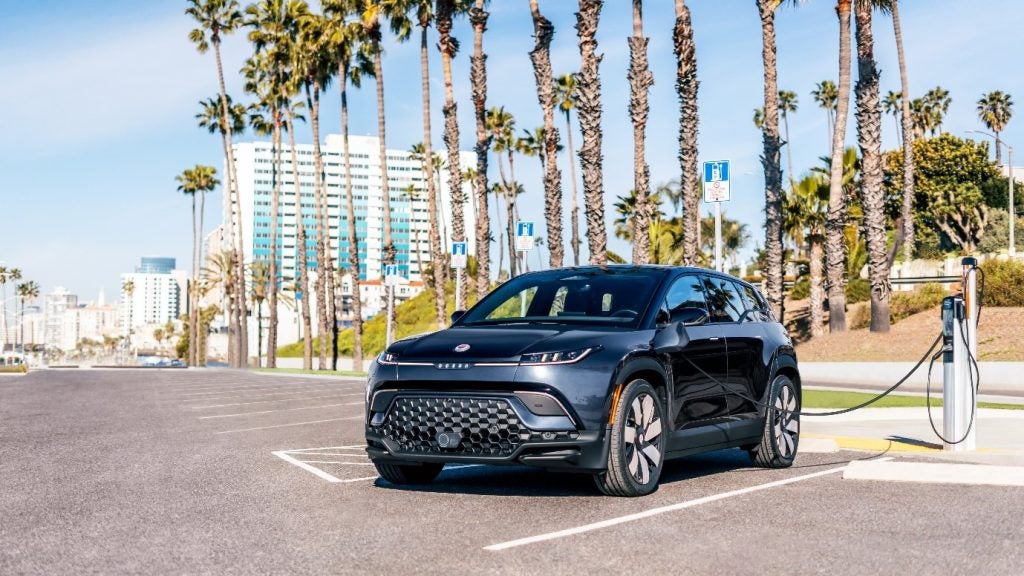China is the largest passenger vehicle market in the world in terms of both production and sales volumes and original equipment manufacturers (OEMs) are looking to harness the potential of this vast market by rolling out new and improved powertrains, according to a new report.
While upgraded fuel powertrains will enjoy high uptake due to better transmission efficiency and superior internal combustion, ‘new energy’ powertrains will have the Chinese government’s backing in the form of subsidies and incentives. The government is heavily promoting electric and hybrid passenger vehicles in order to reduce atmospheric sulphur levels and achieve environment targets while such vehicles are already exempt from driving and purchase restrictions throughout the country.
New analysis by Frost & Sullivan Strategic Analysis of Chinese OEM Powertrain Strategies found 21.2m units were sold in China in 2015 with sales expected to reach 31.5m in 2022, a compound annual growth rate of 5.9%.
Among the three powertrain segments of gasoline (petrol), diesel and new energy solutions, petrol is the most dominant with 98.8% of the market share. However, this is likely to decline to 96.8% by 2022 due to the rise of new energy powertrains. The diesel segment will grow at 0.3%, mostly due to the rapid growth of SUVs.
“The demand for powertrains in China will increase with road network expansion and infrastructure enhancement across city, suburban and rural areas, stimulating greater passenger vehicle [use],” said Frost & Sullivan mobility research analyst Ming Lih Chan. “However, heavy reliance on component supply from international component manufacturers will hinder OEMs’ ability to meet this huge demand.”
The production gaps across automotive stamping, welding, painting and final assembly activities also slow down powertrain production to some extent, the report found.
How well do you really know your competitors?
Access the most comprehensive Company Profiles on the market, powered by GlobalData. Save hours of research. Gain competitive edge.

Thank you!
Your download email will arrive shortly
Not ready to buy yet? Download a free sample
We are confident about the unique quality of our Company Profiles. However, we want you to make the most beneficial decision for your business, so we offer a free sample that you can download by submitting the below form
By GlobalDataChinese OEMs’ automatic assembly lines do not measure up to international standards and the domestic designs are less competitive than their global counterparts.
Some of the technology and production shortcomings can be resolved through joint ventures between domestic and international OEMs. Collaborations that involve sharing vehicle technology, assembly techniques, material resources and supply chain management will enhance Chinese OEMs’ technology competitiveness and value-added service offerings. Both Chinese and international OEMs are focusing on lowering passenger vehicle cost by reducing the costs of key components and through ‘lightweighting’.
“Meanwhile, Chinese OEMs are hoping to compete head-on against international OEMs on the strength of long guarantee periods and aftersales 4S service packages,” noted Chang. “For instance, for new energy vehicles, they provide guarantee packages that include life-time battery cell guarantee, free electricity charging at 4S [retail dealers] and complete vehicle quality checks for up to six years. They also use marketing tools diligently to fuel market opportunities and sales.”







